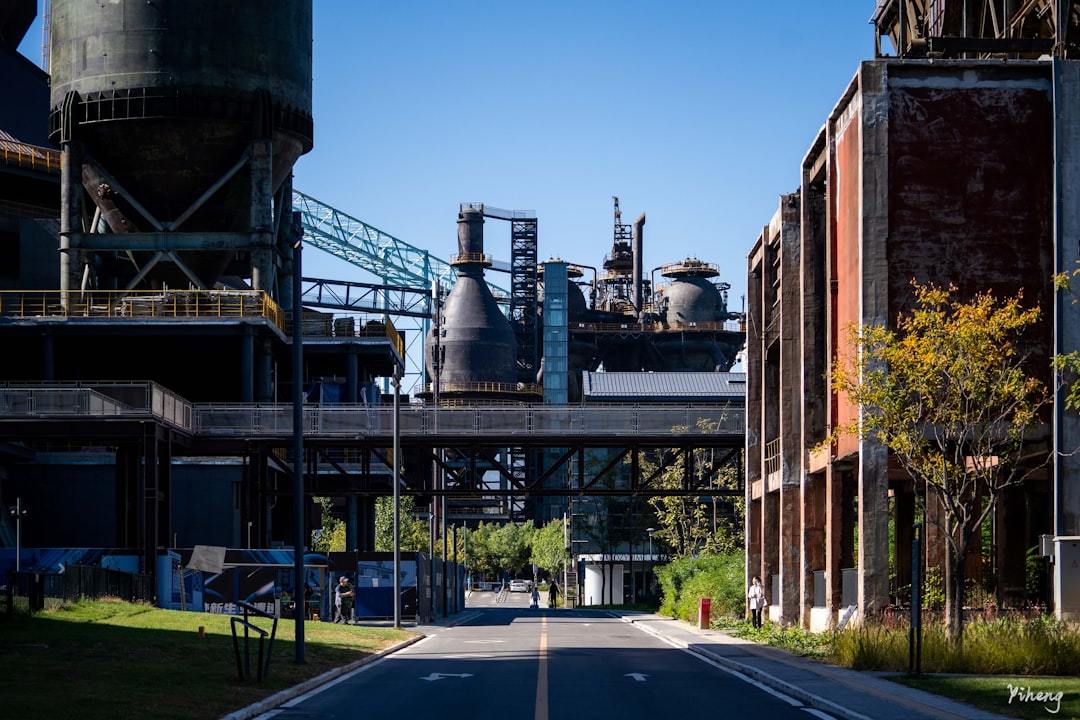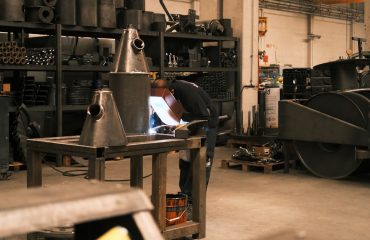The steel industry, a cornerstone of global infrastructure, faces a critical challenge: minimizing its environmental footprint. Traditional steel production is energy-intensive and contributes significantly to greenhouse gas emissions. However, a growing movement towards sustainable steel supply chains is transforming the industry, offering a path towards a greener future. This post delves into the key aspects of creating and implementing these sustainable practices.
1. Sustainable Raw Material Sourcing: The Foundation of Green Steel
The journey towards sustainable steel begins with the raw materials. Traditional steelmaking relies heavily on iron ore, coking coal, and limestone, all of which have significant environmental impacts. Mining activities can lead to deforestation, habitat loss, and water pollution. Coking coal, in particular, is a major source of greenhouse gas emissions. Sustainable steel supply chains prioritize responsible sourcing, focusing on:
- Reduced reliance on coking coal: Innovations like hydrogen-based steelmaking and the use of biomass offer promising alternatives to significantly reduce carbon emissions during the steelmaking process.
- Sustainable mining practices: Implementing methods that minimize land disturbance, water consumption, and waste generation is crucial. This includes employing techniques like precision mining and responsible tailings management.
- Recycled steel: Using scrap steel as a raw material is one of the most effective ways to reduce the environmental impact of steel production. Scrap steel requires significantly less energy to process compared to virgin materials.
- Traceability and transparency: Knowing the origin and environmental impact of raw materials is essential. Blockchain technology and other tracking systems can enhance transparency throughout the supply chain.
2. Energy Efficiency and Renewable Energy Integration
Steel production is an energy-intensive process. Minimizing energy consumption and transitioning to renewable energy sources are critical for reducing the carbon footprint of steelmaking. Strategies include:
- Optimizing production processes: Implementing advanced technologies and process optimization techniques can significantly reduce energy consumption per ton of steel produced.
- Investing in renewable energy: Powering steel mills with renewable energy sources like solar, wind, and hydropower reduces reliance on fossil fuels and lowers greenhouse gas emissions.
- Improving energy efficiency in transportation: Optimizing logistics and utilizing more fuel-efficient transportation methods can minimize energy consumption during the transportation of raw materials and finished products.
- Carbon capture and storage (CCS): CCS technologies can capture CO2 emissions from steel mills and store them underground, preventing their release into the atmosphere. While still under development, CCS holds significant potential for decarbonizing steel production.
3. Waste Reduction and Recycling: Closing the Loop
Minimizing waste and maximizing recycling are crucial components of a sustainable steel supply chain. This involves:
- Implementing waste management strategies: Steel mills should adopt comprehensive waste management plans to reduce, reuse, and recycle waste materials, minimizing landfill disposal.
- Improving recycling infrastructure: Investing in and expanding recycling facilities is essential to ensure efficient collection and processing of scrap steel.
- Designing for recyclability: Products should be designed with recyclability in mind, making it easier to recover and reuse the steel at the end of its life cycle.
- Promoting the use of recycled steel: Encouraging the use of recycled steel in construction, manufacturing, and other industries creates a circular economy for steel.
4. Collaboration and Transparency Across the Supply Chain
Building a truly sustainable steel supply chain requires collaboration and transparency among all stakeholders, including steel producers, suppliers, manufacturers, and consumers. This includes:
- Sharing best practices: Open communication and knowledge sharing among industry players can accelerate the adoption of sustainable practices.
- Developing industry standards: Establishing clear standards for sustainable steel production and supply chain management ensures accountability and transparency.
- Engaging with stakeholders: Involving all stakeholders, including NGOs and consumers, in the development and implementation of sustainable practices fosters a shared commitment to environmental responsibility.
- Using technology for traceability: Blockchain and other technologies can enhance transparency and traceability throughout the supply chain, allowing consumers to verify the sustainability of the steel products they purchase.
5. Life Cycle Assessment (LCA) and Continuous Improvement
Conducting a comprehensive Life Cycle Assessment (LCA) is crucial for evaluating the environmental impact of steel products throughout their entire life cycle, from raw material extraction to end-of-life management. This data-driven approach enables continuous improvement by identifying areas for optimization and innovation. Regular LCA updates allow companies to track progress and identify new opportunities for sustainability improvements.
Building sustainable steel supply chains is a complex but necessary undertaking. By embracing innovative technologies, collaborating across the industry, and committing to continuous improvement, the steel industry can significantly reduce its environmental impact and contribute to a more sustainable future.
SEO Tags: Sustainable Steel, Green Steel, Steel Supply Chain, Sustainable Manufacturing, Circular Economy




